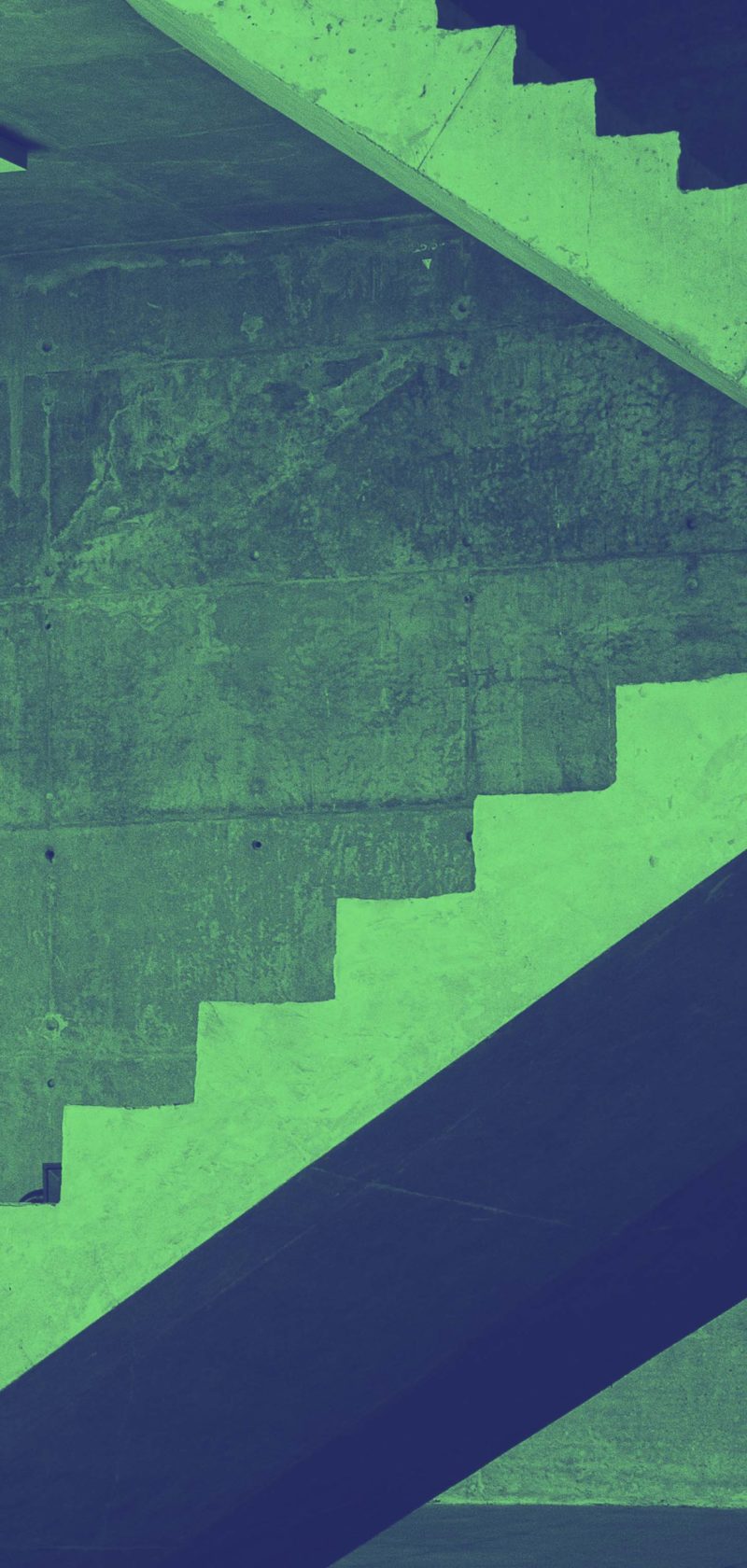The answer is no… and yes… and maybe…
It’s everywhere these days isn’t it. In fact you’re probably dealing with an AI entity every day of your life without even thinking about it – because it’s not confined to the “big” applications such as space exploration, military drones, manufacturing robots or even the new generation of self-driving cars… Some of us are becoming familiar with AI in the form of those perky little food delivery robots that took to the streets of Cambridge at the end of last year. And we’re all familiar with AI in its uses for virtual travel bookings, healthcare management, smart assistants, automated financial investing, social media monitoring systems and chatbots and, of course, in Google search rankings.
So what’s the problem?
Well, it’s not so much a problem as a philosophical issue. It’s true that AI is capable of producing material with the appearance of creative work – and what’s depressing and even upsetting for us creatives is that, on the face of it, some of these AI products are pretty convincing – paintings created by AI-controlled robots (algorithmic art), for instance, are now an accepted part of the fine art world, while design and 3D modelling software routinely makes use of AI.
This is the opposite of creativity, which means that AI and creativity are two concepts that are fundamentally different.
Surely AI can’t ‘do’ proper writing though?
Well, yes and no… Recently a fan asked ChatGPT to write a song ‘in the style of Nick Cave’… Here’s the chorus, just to give you a flavour:
I am the sinner, I am the saint
I am the darkness, I am the light
I am the hunter, I am the prey
I am the devil, I am the saviour
For the uninitiated this probably comes across as similar to a Nick Cave lyric – and, to be fair, the verses elaborate on the theme with lots of references to blood, angels, darkness, “the abyss” and so on. All fairly standard ‘Goth’ style fare… But is it art? Well Nick Cave himself certainly doesn’t think so:
“…with all the love and respect in the world, this song is bullshit, a grotesque mockery of what it is to be human, and, well, I don’t much like it — although, hang on!, rereading it, there is a line in there that speaks to me —
‘I’ve got the fire of hell in my eyes’
— says the song ‘in the style of Nick Cave’, and that’s kind of true. I have got the fire of hell in my eyes – and it’s ChatGPT.”
Nick Cave goes on to say that,
“(creativity)… is what we humble humans can offer, that AI can only mimic, the transcendent journey of the artist that forever grapples with his or her own shortcomings. This is where human genius resides, deeply embedded within, yet reaching beyond, those limitations.”
Is predictability the problem?
In his excellent entrepreneur.com article last December (Is AI A Risk To Creativity? The Answer Is Not So Simple), Devan Leon gets to the heart of the issue… Why Nick Cave’s lyrics’ style can be mimicked by ChatGPT but not their substance. He points out that the aim of being creative is pretty much the opposite of AI’s aim. AI is not rebellious, emotional or in any way nuanced. It’s all about achieving that you tell it to – so it’s not so good at genuine creativity, which so often means deviating from the pre-ordained path or accepted norms, breaking new ground and coming up with unexpected or entirely novel concepts or solutions to problems.
Leon points out that because AI is specifically programmed to achieve goals, it can never ‘think outside the box’ – and he goes on to conclude that,
“This is the opposite of creativity, which means that AI and creativity are two concepts that are fundamentally different.”
So, AI is bad for creativity then?
Guess what – the answer is yes and no! While broadly agreeing that AI can be bad for creativity, Devan Leon points out that this doesn’t mean it’s bad for every part of every creative process. We all know great creative work is as much a product of perspiration as inspiration – and that could be where AI is going to be at its most valuable – doing the ‘donkey work’ of throwing up mood board images and concepts and trawling for brainstorming fodder so that we artistic geniuses can do what we do best – being messy, random, chaotic and, yes, creative!


